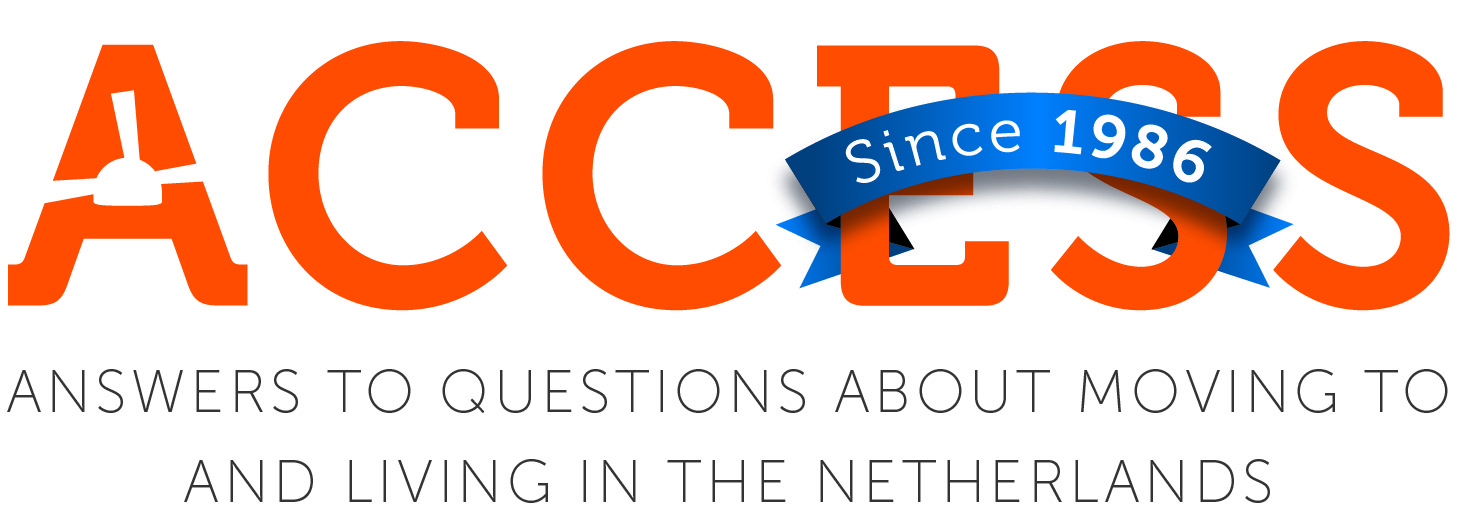ACCESS NL > Features > The Hague’s fascinating histories
The Hague’s fascinating histories
2022-02-28 | By Lynette Croxford
With a forgotten airport, warring squatters, van Gogh’s drinking spot and a true genius, The Hague has lots to offer beyond its tourist hotspots.
Flying history
While we might know Rotterdam/The Hague Airport as an alternative to Schiphol, many may not know that just outside The Hague, in the sprawling suburb of Ypenburg, there once was another airfield with a considerable history.
Built for civilian airplanes in the 1930s, at the time the airport was almost the same size as Schiphol. During the Second World War, the airfield was first commandeered by Dutch military and then under German control it was a base for launching V1 rockets.
Entrepreneur Fritz Diepen bought Ypenburg in 1947 and began Aero-Holland, a private airline, but two accidents saw its closure in 1949. Diepen went into selling and repairing aircraft, eventually merging with Fokker–also located at Ypenburg–in the mid-fifties.

A walk in time
From royalty to world leaders, the airport had many famous visitors during its time–including Belgian King Leopold III, President Dwight Eisenhower and President Charles de Gaulle. In 1957 all commercial activities stopped and by 1968 it was deactivated as an airbase. In 1982 the airport was stood down as a ‘sleeper’ base and in September 1991, the Air Force flag and the national flag were lowered a final time, with four F16s performing a ‘low pass’ as a last salute.
Blue Attack
As peaceful as The Hague is today, it hasn’t always been. In the 1980’s, a group of squatters moved into the former tax authorities building on the Buitenom aiming to create their own community.
Calling it De Blauwe Aanslag (the Blue Attack) after the blue envelopes the Dutch tax authorities use to send mail, the squatters created a kind of social commune where 200 people lived and others came to eat, make music and discuss politics. Around 1988, the city council began a massive redevelopment plan for The Hague and by 1992 revealed plans to build a ring road around the city. De Blauwe Aanslag was in the path of the redevelopment plans. The squatters campaigned and held a protest which ended in violence when the council offices were attacked, several people were seriously injured and arrests made.
In 1995, it was announced that the council would go ahead with building the road. The squatters lost their battle finally in 2003 when they were forcibly evicted by the police. Ironically it took more than 10 years for the land to be reused after demolition of the building.
Van Gogh’s genever?
Vincent van Gogh was partial to a glass or two of genever, and it was rumoured that he was spotted at the Van Kleef Distillery in The Hague. This was probably true, since he lived just down the road from it for the four years that he resided in the city.
Lambertus Theodorus van Kleef opened his distillery in 1842, which operated in the same location until 1986 when the doors closed.
After extensive renovation, it reopened in 1995 and is the only distillery of its kind that continues to produce genever today.
The interior at Van Kleef is small and enchanting, like taking a walk back in time. An astonishing array of beverages are on display featuring the traditional genever, gin, vodka and liqueurs. Also restored is the Museum van Kleef with its authentic distilling equipment and copper stills.
The Hague’s prodigy
Christiaan Huygens was born in The Hague in 1629 to a prominent family. He was a gifted mathematician who studied law and mathematics at the University of Leiden, and then at the Orange College of Breda.
Huygens worked in mathematics on the calculus of probabilities, and in physics he contributed towards the landmark Huygens-Fresnel principle and proved the law of conservation of momentum.

Huygens also developed a wave theory for light, published in 1678, and calculated the laws of reflection and refraction. In astronomy, while observing Saturn he discovered a new satellite orbiting it–which he named Titan–and deduced that he was viewing a ring around the planet due to the elongated shape.
In 1656 Huygens patented his first design for a pendulum clock. His book Horologium Oscillatorium sive de motu pendulorum in 1673 described the theory of pendulum motion. Huygens was a true genius from right here in The Hague.
Looking for more information about living in The Hague? Click here or call +31(0)85 4000 338 for asisstance.
About the authors
Richard and Lynette Croxford were born in South Africa and moved to South Holland 10 years ago. They have two daughters and enjoy photography, running and exploring cities on foot.


